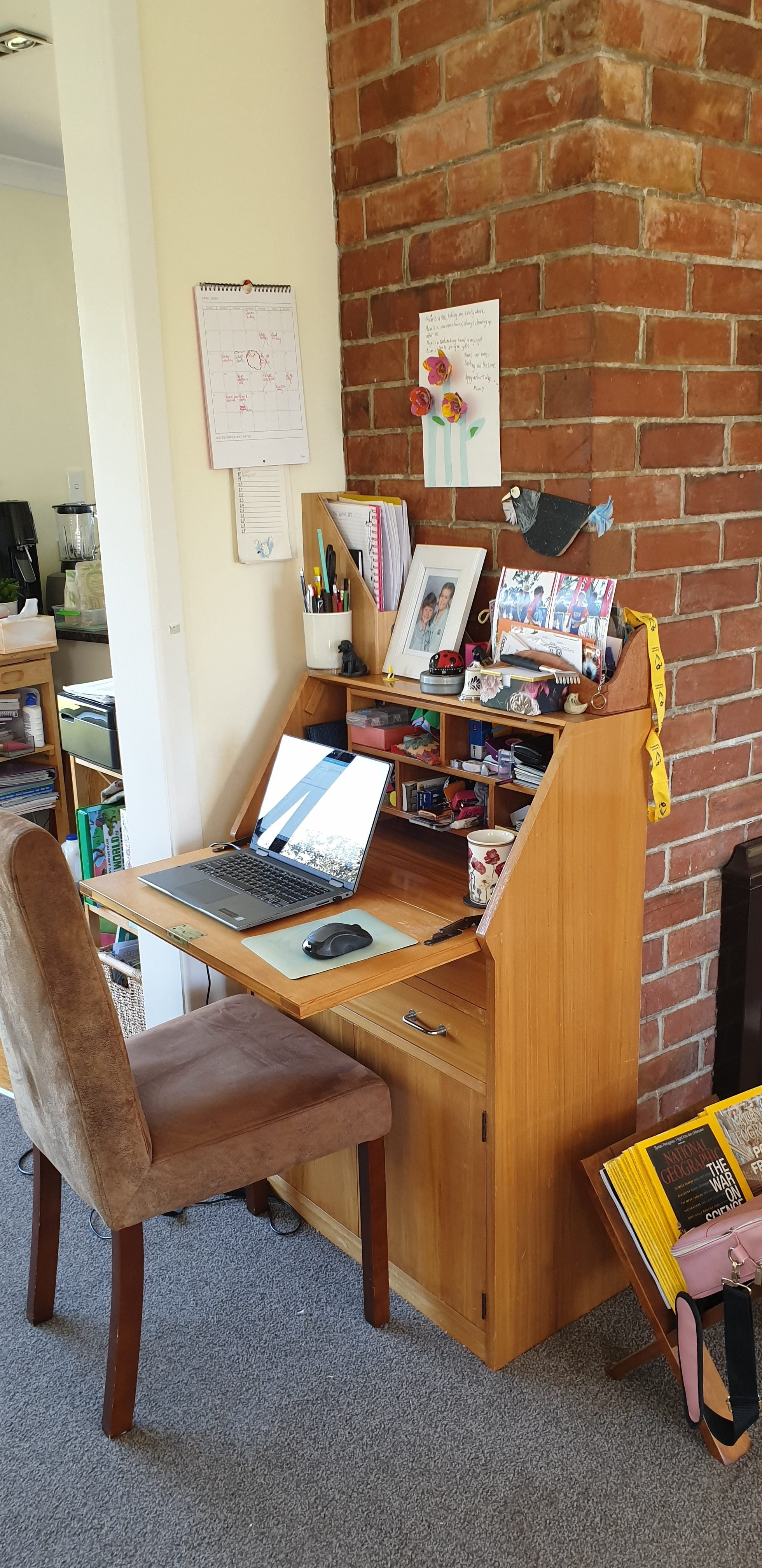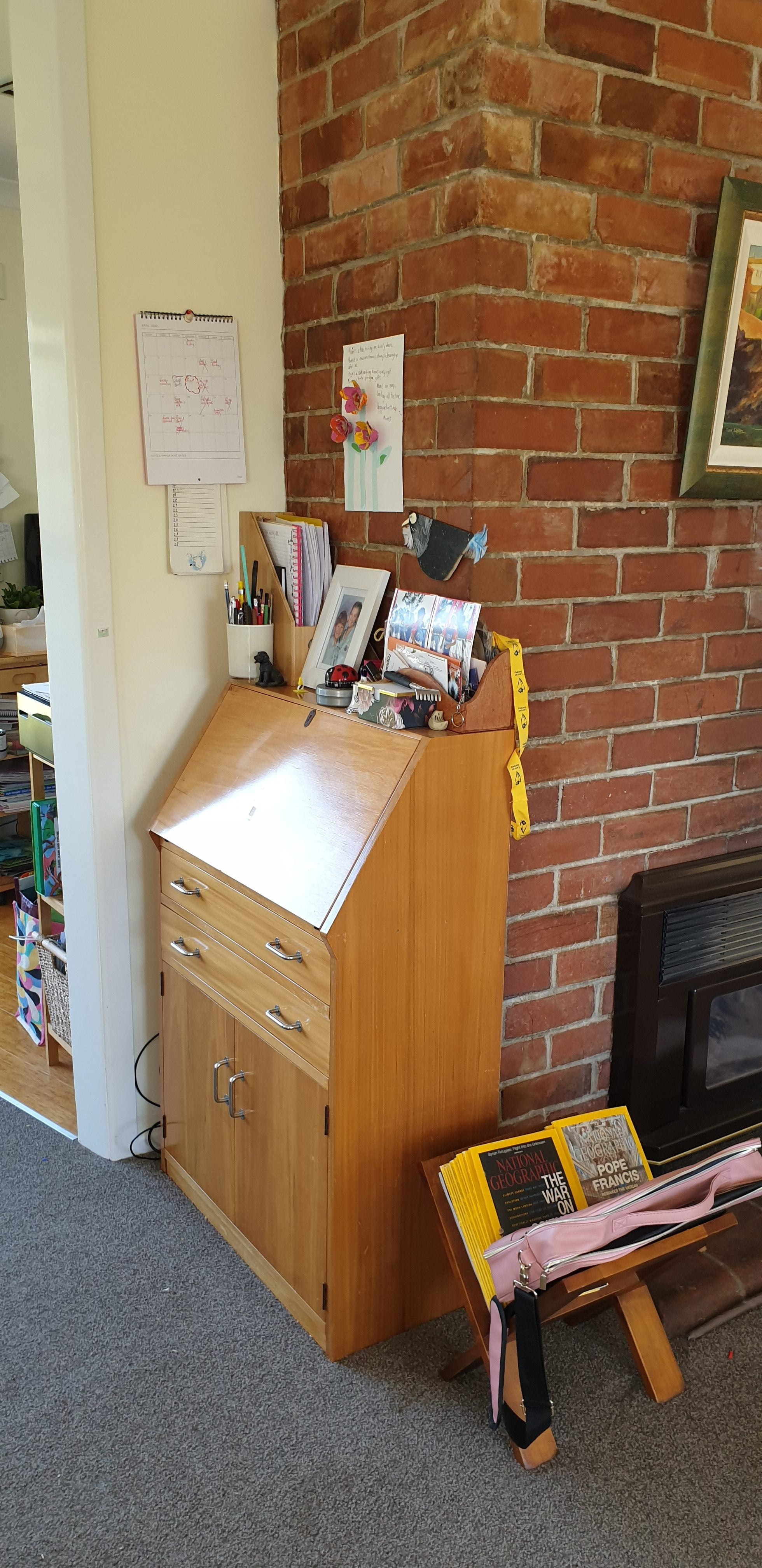NSPR Limited is a home-based PR and talent management company. Established in 2008 from the home of Niki Schuck, today it has two directors (Kate Barron) and four additional contractors.
Here are some tips on how to get the most out of working from home:
- Lots of people say you need to dress up to get into the groove if working from home, but we find that the more comfortable you are, the less distractions there are. Opt for clothes that you are comfortable in, so you are warm if it is cool or cool if it is hot!
- Similarly, some people will recommend starting at the same time every day. Again, we suggest looking at your week – work out what must get done and when you are best to do that work. Working from home affords you flexibility that you simply can’t get from a central office arrangement so take advantage of that. If there are personal tasks that need to be done at a certain time and you can prioritise your work around this, then make it work. Or perhaps you are on a roll one afternoon and work later into the evening, which means the next morning you can take some time for you, perhaps to do some exercise, have a sleep in, or to be with your partner or children, then utilise this flexibility to give you the work-life balance you want.
- If possible, set up a desk in a separate room or space to your bedroom and living room. This means when you finish for the day you are leaving your office space behind.
- Opt for a standing desk as it is significantly better for your posture. There are lots of second-hand options online. Good running or exercise shoes help when you first get your standing desk, as it takes a bit to get used to. Some desks can be put up or down easily and this can help in the first month as you build up your strength.
- Photos, flowers, artwork/posters, stationery and offices requirements such as staplers/paper clips/hole punch that, to quote Marie Kondo, “give you joy” all contribute to making it a space you’ll love to be in.
- If your role doesn’t involve a lot of people interaction, schedule a short call sometime during the day with a colleague to ensure interaction with someone.
- If your role does require a lot of people interaction, try to give yourself space between voice/video calls to enable emails to be checked but also to allow you time to drink water, have a walk around, rest your voice. There is no doubt that phone/video meetings are more draining than face to face.
- Avoid eating at your desk. Schedule a morning tea (even for 10 minutes to get a drink, toilet break, time away from your desk). This applies for lunch too – ideally 30-45 minutes.
- Tackle big tasks first thing or allocate time in your calendar when you are at your best. Turn off your email alerts and tell anyone that needs to know to call you if they need you during this time.
- Work out when your optimal time is for concentrating and think about applying the Pomodoro Technique. The Pomodoro Technique is a time management method developed by Francesco Cirillo in the late 1980s. The technique uses a timer to break down work into intervals, traditionally 25 minutes in length, separated by short breaks. Each interval is known as a pomodoro, from the Italian word for ‘tomato’, after the tomato-shaped kitchen timer that Cirillo used as a university student. Some of our team apply the technique at 20 minute intervals and others 30-45 minute intervals, so it really depends on what works best for you.
- Work out what distracts you. If it is your phone, then pop it in the other room where you can hear it ring if needed but only check it only at designated times e.g. your five minute pomodoro break.
- During COVID-19 lockdown we have a unique situation where families are being thrown together with two or sometimes three generations potentially operating around the kitchen table. Having separate areas to work/play is important, we know of people working out of their garage in order to create that break between work and home life. Tips include:
- If there is the luxury of two adults, split the day up so one adult is with the children and the other is working and then swapping over. Depending on how your working life normally works this could be in one, two or three hour shifts.
- If possible, schedule a break during the day for designated “family time” where you can all get outside for a walk, to throw a ball around or play a game. This will help children understand that this isn’t the norm and parents still need to work but there is designated family time.
If you are struggling to work from home, please don’t hesitate to contact us, we’d be thrilled to offer support and advice when we can.
Photos of NSPR team member Robyn’s desk. Open for business and closed for the day. It’s tucked into a space between the lounge and kitchen. The ladybird timer keeps me focused as per the pomodoro technique, and my children’s artwork and photo makes me smile.






